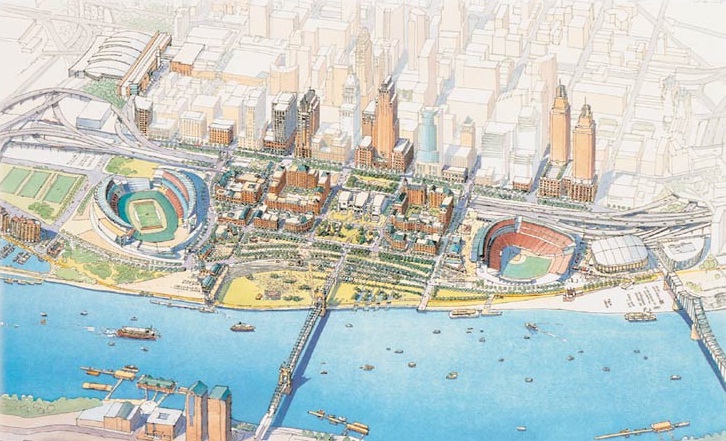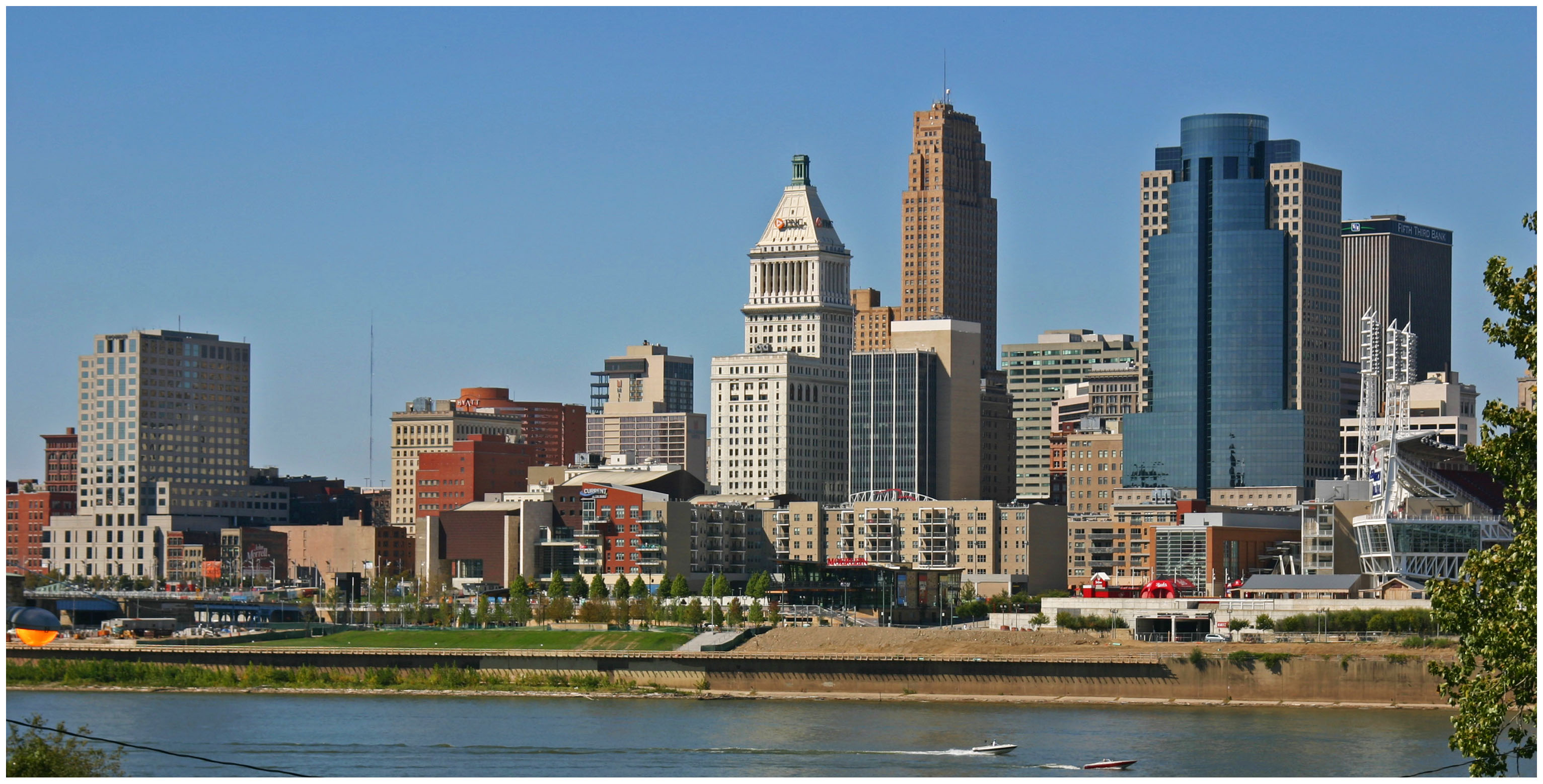The $120 million Smale Riverfront Park will celebrate its next wave of progress two months from now when the Women’s Committee Garden and Duke Energy Garden are opened to the public – more than doubling the central riverfront park’s completed acreage.
According to officials from the Cincinnati Park Board, the project is still on-time and on-budget thanks to an influx of private contributions.
Originally, park officials had planned on approximately half of the project’s cost being covered by state and federal funds. While those funds flowed early in the project’s life, they have all but dried up over the past two years.
“We got into this pretty aware of what the challenges were, but the biggest challenges thus far have probably been the state and federal funding,” stated Smale Riverfront Park’s project manager, Dave Prather. “It’s been a pretty big adjustment when half of the funding you were counting on hasn’t come, but thanks to the private funding we’ve been able to stay pretty much on schedule.”
Prather says that the city leadership understands the realities facing both their state and federal partners, but that without the private and local support the project would most likely be behind schedule.
He is, however, optimistic that things will turn around and says that the park board is working on other ways to get state and federal dollars. One such element that could be the beneficiary of such efforts is the planned 1,000-foot transient boat dock which may be eligible for up to $3 million in grants from the Ohio Department of Natural Resources (ODNR) Division of Watercraft.
Should such funding fall into place, Prather says that the boat dock could be operational as early as May or July 2015.
“We received $3 million in the State capital fund three years ago, and that’s what we thought we would get as we worked through the phasing plan,” Prather explained. “Hopefully the state will get back in the business of being able to help with significant capital projects.”
Not all of the funding news has been grim, as Prather noted strong support from Hamilton County, private sources, and the City of Cincinnati which includes a recent $4 million allocation from the proceeds of its recently approved Parking Modernization & Lease agreement.
That $4 million will go towards accelerating the construction timeline of phase four of construction work which will now include the PNC Grow Up Great Adventure Playground and carousel. According to Prather, both of these projects will now be completed by May 2015 – in time for the 2015 Major League Baseball All-Star Game.
One of the features that will be open in two months is the new riverwalk, of sorts, that will run from the Walnut Street Overlook approximately to Sycamore Street immediately south of Great American Ball Park. One of the key features of this riverwalk, Prather notes, is that the guardrails will be 48 inches in height instead of 42 inches so that both pedestrians and bicyclists can enjoy the pathway.
“Our observation has been that you can’t tell cyclists where to go,” said Prather who noted that he is an avid cyclist himself. “So we’re going to construct the closest to the river pathway to accommodate both pedestrians and cyclists – right where they both want to be.”
While much work is left to do, both in terms of construction and securing funds to continue construction, the project team maintains excitement for the transformation they are overseeing.
“I’ve been an architect and a planner for the city for years, and a lot of the time you spend a lot of time and energy on plans that don’t get built,” Prather concluded. “This one [project] is different…we’re just on a roll and it’s awesome to have ideas that everyone embraces, you feel right about what you’re building, and you get the resources to actually build it. We’ve gotten a lot of cooperation from the city and county, and I feel like we’re all rowing in the same direction.”
Officials hope to complete the 45-acre park in its entirety by July 2017, excluding improvements to the river’s edge that will need to be coordinated with the U.S. Army Corps of Engineers.










